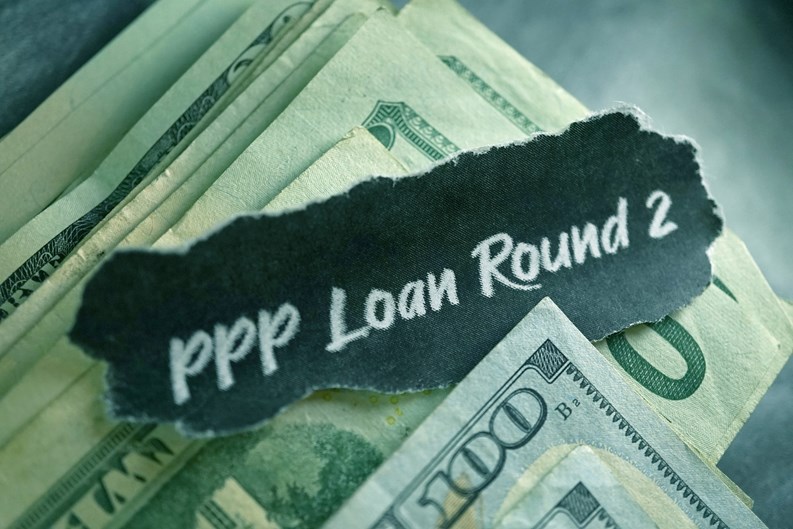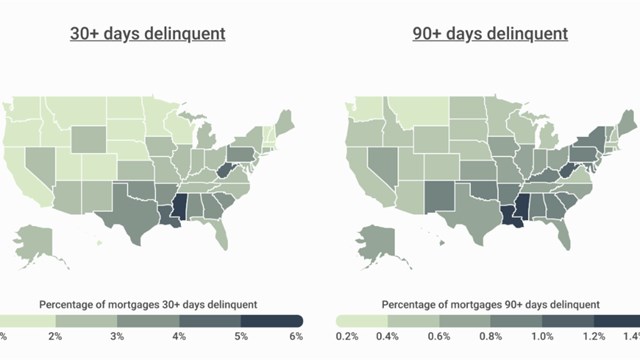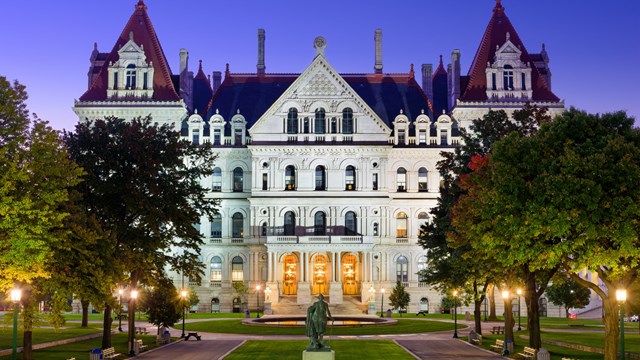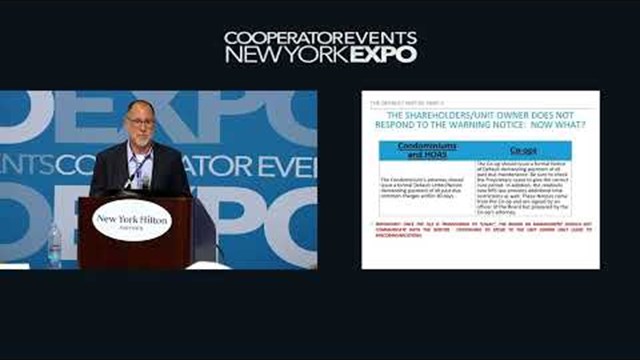Since the second week of January, many co-op boards have been busy working with their banks to complete Paycheck Protection Program (PPP) applications. The inclusion of co-ops in the Fed’s forgivable loan program was the result of a joint effort of local co-op advocacy groups and several elected officials representing areas with a large number of co-ops. The inclusion of co-ops in the PPP initiative will provide much-needed relief to the many cooperative communities that have experienced financial uncertainty or instability during the COVID pandemic - but many questions remain for boards, managers, and shareholders alike. This article will review more details of co-op eligibility and detail the long fight to include residential co-ops in this legislation.
How it Started
On December 27, 2020, the COVID Stimulus Relief Bill (Consolidated Appropriations Act ) was signed into law by the Federal Government. This legislation included relief for many hard-hit industries (airlines, restaurants, etc.) and provided direct relief to many Americans in the form of enhanced unemployment benefits and $600 direct payments to qualified persons making under $75,000. Buried away in this 5,000+-page document was a provision that makes co-op corporations specifically eligible for forgivable loans under the PPP.
The PPP works as follows: a small business completes a loan application to their bank and/or lender, which then submits it to the Small Business Association (SBA). Although co-ops are now considered eligible entities, there are further eligibility requirements an individual co-op must meet in order to obtain this forgivable loan. In order to be eligible, a co-op will have to certify that they are currently experiencing financial uncertainty due to the pandemic. In addition, they must certify that the loan is necessary to support their ongoing operations.
Obviously, this threshold for financial or economic ‘uncertainty’ is vague at best, and there is no clear standard or clarification from the SBA as to what exactly this means. Although many co-ops have struggled with reduced income from both shareholder maintenance and commercial tenant rent arrears, as well as increased water/sewer charges due to residents being home all day and using more utilities; increased expenses for sanitizing common areas and supplying personal protective equipment to staff members, and overtime and other administrative expenses, it is still imperative that boards and managers review their particular facts and circumstances with their professionals to confirm they meet all criteria for the PPP loan before they submit an application for funds.
Some features of the PPP loan are: the loan can be forgiven if at least 60% of the funds are used for payroll expenses and the remaining 40 percent used for qualified expenses such as utilities; cleaning supplies; personal protective equipment (PPE) and mortgage interest. Keep in mind that the money must be spent within certain time perimeters, and a second application must be made to the SBA in order to have the loan forgiven. Any loan proceeds that are not forgiven must be repaid over a 5-year period, at 1% interest. The formula for the amount of the loan is 2.5 times the co-op’s payroll, capped at a maximum loan amount of $2 million. It is extremely important to check with your co-op’s legal and financial professionals to determine the appropriate loan amount, and how much of it is forgivable.
How It’s Going
Clearly, the PPP loans will provide tremendous financial benefits to many co-ops. It is for this reason that co-op advocacy groups fought long and hard to ensure that co-op communities are included in the PPP. The PPP was initially created under the Coronavirus Aid, Relief, and Economic Security (CARES) Act in March of 2020, when the COVID pandemic was taking hold of the economy, prompting Congress to pass the measure to keep as many people employed as possible.
At the time of the initial rollout last spring, many co-ops were getting ready to submit their PPP applications in hopes of receiving much-needed financial relief from this program. Unfortunately for the co-op community, the SBA issued interim regulations on April 2, 2020 that specifically excluded “passive entities” from the Program. According to the SBA, a business is considered “ passive” if it is not engaged in a ‘regular and continuous business operation’ - and according to the SBA at the time, receipt of payments such as rents and lease payments was not considered a ‘regular and continuous business operation.’ That classified co-ops as passive entities, and therefore excluded from accessing PPP funds. This was a devastating blow to the New York City metro co-op community, which at that point in time was experiencing an explosion in COVID cases and was the hardest hit part of the country.
Many regional and local co-op advocacy groups, including the President’s Co-op & Condo Council and the New York Council of Cooperatives & Condominiums (CNYC) engaged elected officials to see what could be done to amend the CARES Act to include their constituents in the program. Many elected officials realized this injustice and acted swiftly to see what could be done. For example, New York City Councilman Paul Vallone introduced a resolution to the Council calling on the Federal Government to include co-ops in the PPP. This resolution had over two dozen sponsors from fellow City Council Members.
In addition, over a dozen members of the US House of Representatives were contacted by co-op groups and actively lobbied for their inclusion in this program. As a result of the support of these members, the House of Representatives passed the Heroes Act in May of 2020, which included explicit language that would qualify co-ops for the PPP. Congress Members Grace Meng and Nydia Velasquez were instrumental in its passage.
The Heroes Act languished in the United States Senate from May, 2020 until the end of the year. US Senator and then-Minority Leader Chuck Schumer (himself a co-op resident) championed this cause, and as a result of his efforts he announced on December 21, 2020 that co-ops would finally be eligible for PPP loans.
The results of the efforts of many people have netted a great benefit to the co-op community. Now is the time to review your co-ops’ circumstances and determine, with professional assistance, whether your co-op needs and qualifies for this loan. Follow the loan’s stated guidelines, and your co-op may be able to receive some much-needed relief during these unprecedented and uncertain times.
Geoffrey Mazel, Esq. is a Founding Member of the law firm Hankin & Mazel, PLLC based in Great Neck, New York. https://www.hankinmazel.com/










Leave a Comment